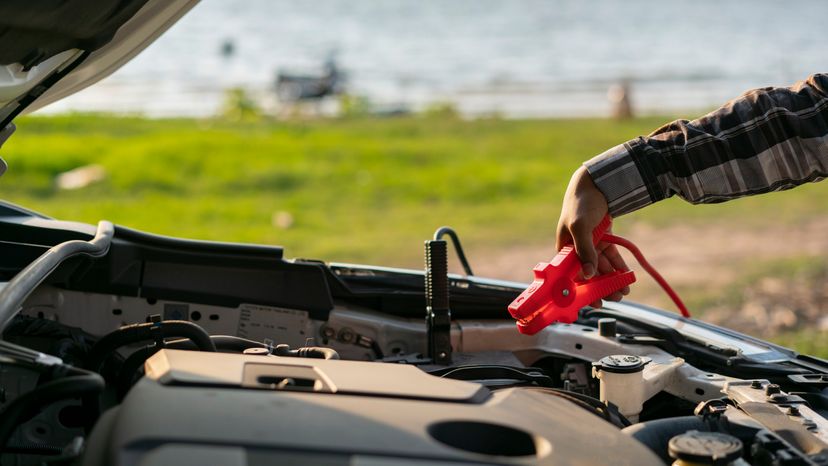
Most people think that if their car doesn't start the problem is with the battery. So they try boosting it and it still won't crank up. Obviously it's something a bit more serious, like the starter. The car's battery sends a charge to the starter which in turn sends it to the alternator. The charge from the alternator enables the car to start. If the starter is worn out it won't accept or send a charge, and the car is dead. You can buy a new starter, which is rather expensive, or you can buy a rebuilt starter, which is just as good as a new one [source: Allen]. If the problem is really your starter, save yourself a trip to the mechanic and replace it yourself. Here's how to replace a car starter:
- Turn off the ignition and remove the negative battery cable from the battery.
- Remove the positive cable (the large cable that runs to the battery) from the starter.
- Disconnect all the bolts that hold the starter to the block, using a ratchet.
- Remove any other supporting brackets holding the starter in place.
- Remove all the bolts holding the starter. Don't force any bolts that are very tight and are difficult to remove. Rather, use a lubricant or grease to help you loosen the bolt.
- Remove the starter from the car.
- Mount the new starter on the block and attach it with the bolts. Before you tighten the bolts, reconnect the battery cable to the starter.
- Tighten the bolts of the starter.
- Reconnect the negative cable to the battery [source: part source].
Advertisement